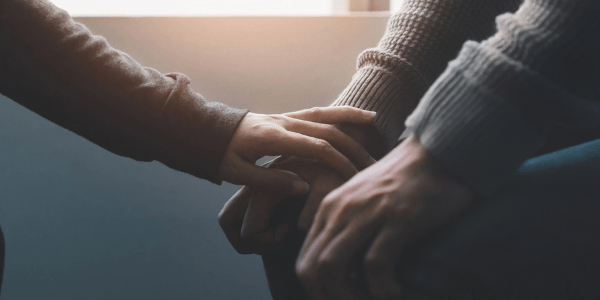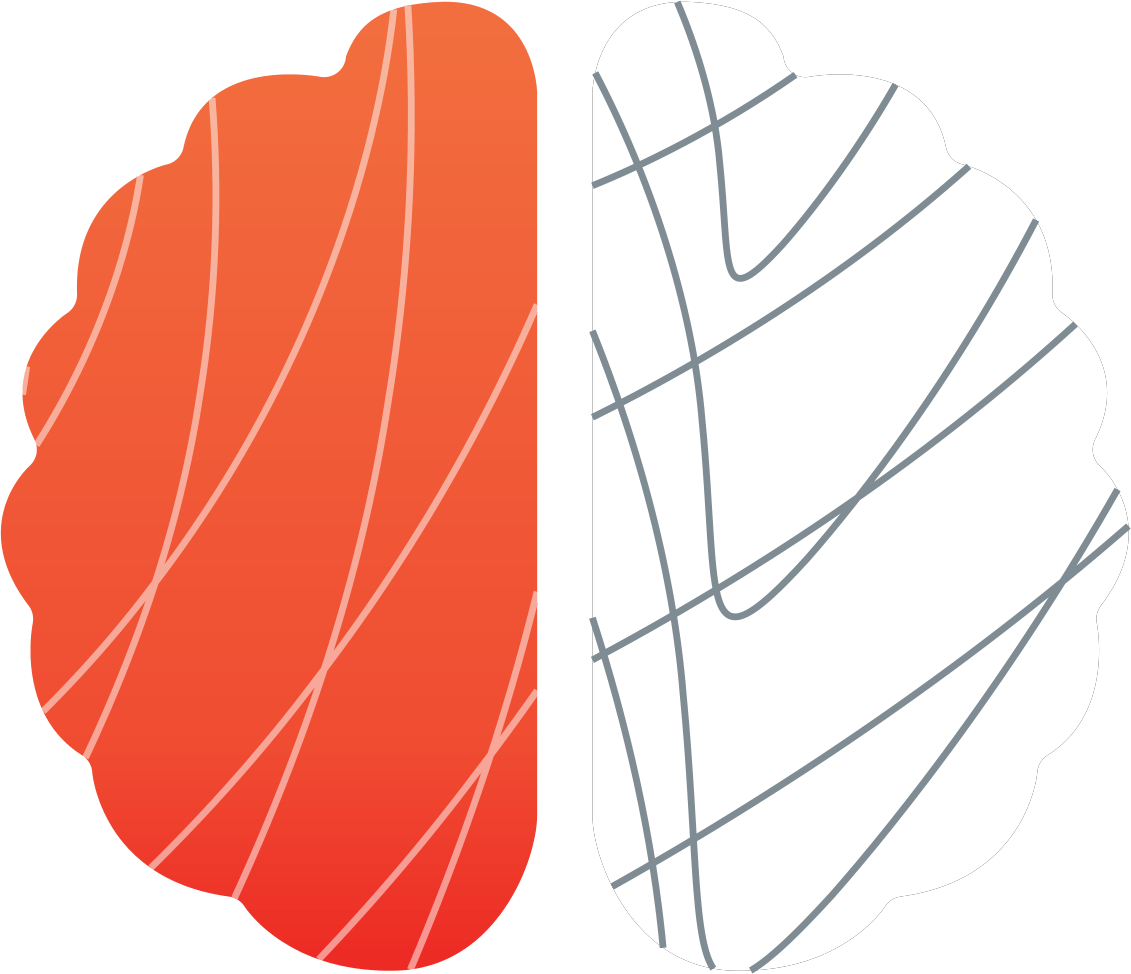What have we learnt from COVID-19? And what does this mean for brands?
We’re over 18 months on from the first hints of COVID-19 in New Zealand, and we know things have changed - but which things? And by how much? What will the experience of living through COVID-19 mean for the attitudes and behaviours of everyday New Zealanders? Which habits have been disrupted; which have been created? Has the way we think and act changed forever?

The 2020 Vision Project sought to answer these questions. Created by Cole Armstrong from behavioural insights agency NeuroSpot, and Mark Finnegan from Clarity Insight, they recently presented the research project as part of the Research Association of New Zealand (RANZ) speaker series (ironically, during the latest level four lockdown).
Kicking off in what was to become our first of many lockdowns, The 2020 Vision Project recruited 30 people from around New Zealand and followed them throughout 2020. In a series of interviews, the participants spoke about bracing themselves for the impact from COVID-19 and lockdowns, the subsequent reintroduction to wider society, and the shock of the second wave in August 2020.
Why does a study of this kind matter?
At the beginning of the pandemic, everyone – individuals, brands, governments – were largely responding on educated guesses, as there was little objective information to rely on. The long-term strategies many brands were building, or delivering on, were built on assumptions that could have changed significantly. But with COVID-19 introducing a raft of changes to the context in which our society operated, were these assumptions – and the strategies resting upon them – still sound?
It seems likely that it’s not the person that has changed – needs will be the same – but the context is which people make decisions that has changed.
Equally we know that after many world-defining events (e.g. World War 1 and 2), it’s been the second order effects that were unleashed from the original social changes (e.g. woman’s involvement in the workforce) that have had lasting impact.
Likewise, COVID-19 introduced a new level of strain to society. This stress can bring into greater clarity elements of good practice. Suddenly we could see the full spectrum of how brands were responding to the crisis, and it became clear that some were doing a better job than others.
Our RANZ presentation covered three key learnings for brands:
Key Lesson #1: How we respond to stress
It could go without saying that any research into COVID-19 would tell us people were stressed. But the key insights here were the elements of effective messaging that helped lessen that stress and uncertainty people were feeling:
- Clear and concise messaging – get to your point, quickly.
- Directive messaging – talk about what people should be doing, not what they shouldn’t. We saw this change come through from a lot of essential brands in the first lockdown, who reframed their messaging for greater impact as time passed
- Trusted messenger – New Zealanders weren’t going to stay home on the advice of anyone, and not everyone was up to the task. Who knew at the time that the unassuming Dr Ashley Bloomfield would become such a household name within weeks?
Key Lesson #2: The role of psychology for understanding people's behaviour
In some ways a pandemic is in part a giant (unwelcome) psychological experiment, highlighting many examples of behavioural drivers impacting society. Two came up time and again: mental availability and social norming.
Mental availability (or salience or the availability heuristic) is where we place greater weight and importance to concepts that spring to mind faster. For example, when choosing a new insurance company or bank you’ll be biased towards which ever brand springs to mind fastest. None of us are immune to this.
Take the Trans-Tasman bubble. If you read the newspapers at the time, you’d be forgiven for thinking that everyone was clamouring to go on a Gold Coast holiday. But our study was telling us different; in June 2020, Dynata survey data suggested only 22% of people were supportive of a bubble, and at the same time our participants were talking of the risk of opening up to other countries – while they were clearly aware of the economic issues, there was hesitancy about opening up too early.
The lesson? Beware the noisy minority. Brands need to ensure that what we’re hearing on social media, reading in the news, and discussing amongst our colleagues in the boardroom are reflective of where our customers are actually at.
Social norming comes down to wanting to belong, and that means living by some arbitrary set of standards that we all largely and implicitly understand. In 2020 we saw this play out with masks. Wearing a mask every day, on the bus or to the shops, was not ‘normal’ behaviour. People generally understood the benefits of them, and were supportive of making them mandatory, but a lot of the time they’d be firmly in our pockets when heading out, not wanting to be the only chump wearing one.
A new socially accepted behaviour was coming up against an existing social norm around not wearing masks.
What changed between now and then to make mask wearing (relatively) more acceptable behaviour? A few things, but one of the biggest was the
modelling of appropriate behaviour – we saw politicians wearing them on TV, staff in stores, signs encouraging us to, and suddenly wearing masks was considered more acceptable. You can’t help but see alignment here to why so many workplace culture programmes fail when the people up top aren’t modelling the behaviours they want to see below!
Key Lesson #3: Best practice works in good times and bad
Essentially, we found that best practice is always best practice. When times are good, it’s easier to hide the impacts from poor decision-making. But when the country is under stress, less is forgiven, and brands could find themselves lost. And that’s where those everyday elements of best practice come into play, including:
- Adapt and deliver – customers still want to see the value that your organisation is offering them, so find new ways to get your product out there (coffee delivered socially distanced through a train set, anyone?). Importantly, people were comfortable with ‘appropriate experimentation’; test and learn solutions didn’t need to be perfect, but clearly intended to deliver customer value
- What you say, might not be what is heard – much like the effective messaging we saw earlier, its crucial brands are clear and transparent with what they say. Equally as organisations we can’t assume that the message we try to convey is the message that customers will receive – and a crisis isn’t a time you want to be misinterpreted.
- Your brand is who you are AND who you are not – a reminder to always be true to your brand. The key example from COVID-19 was that if you didn’t used to provide public health advice, don’t start now! Too many brands took the lockdowns as an opportunity to get in touch with customers from years’ past, telling them they’re closed in level four – no kidding.
After a year following 30 people through what is likely to be the biggest period of upheaval in their lives, it’s hard to summarise all our learnings into one article – which is why we haven’t. You can read about the many other learnings uncovered, or get in touch.
This article was first published as part of The 2020 Vision Project on 10 September 2021.


